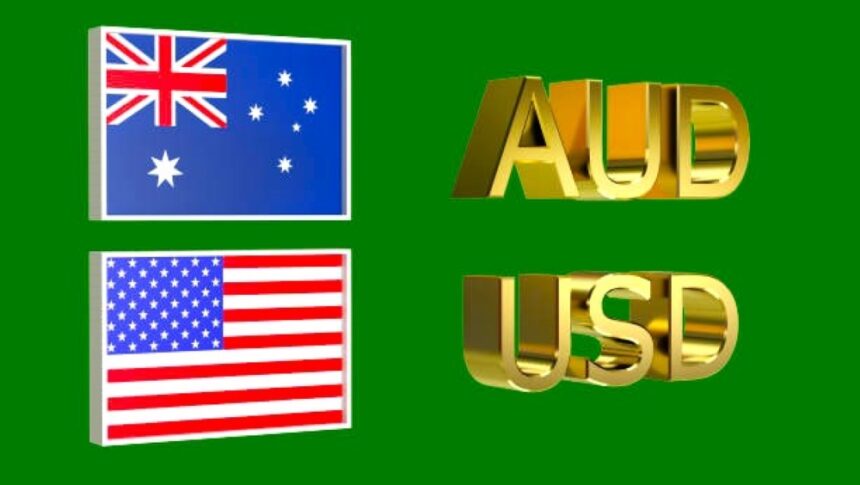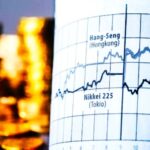Australian dollar rises as increased consumer inflation dampens the RBA’s potential rate cuts.
The Australian Dollar (AUD) recovers losses following the release of May’s higher-than-expected Monthly Consumer Price Index (CPI). Persistently high inflation is an obstacle to the Reserve Bank of Australia‘s (RBA) future rate decreases, which might boost the Aussie Dollar and underpin the AUDUSD pair.
On Wednesday, Assistant Governor Christopher Kent of the Reserve Bank of Australia (RBA) noted that recent data underline the need to remain attentive regarding potential Inflation grows. Kent pointed out that present policies are contributing to slower demand growth and lower inflation. He also stated that no possibilities for future interest rate adjustments are being ruled out, according to Bloomberg.
The US dollar remains stable as investors become cautious ahead of crucial US economic data releases later this week.
The US dollar has remained stable after reporting gains on Tuesday. Investors have become wary ahead of crucial US economic data releases later this week. The revised US GDP for the first quarter (Q1) is set to be reported on Thursday, followed by the Personal Consumption Expenditure (PCE) Price Index on Friday.
Daily Market Movers: The Australian Dollar edged higher due to increased consumer inflation.
The Australian Dollar (AUD) recovers losses following the release of May’s higher-than-expected Monthly Consumer Price Index (CPI). Australia’s monthly Consumer Price Index (CPI) rose by 4.0% in the year to May, up from 3.6% in April, according to data provided by The Australian Bureau of Statistics (ABS) reported on Wednesday. This gain outperformed the market projection of 3.8% growth for the given period.
According to Bloomberg, China Premier Li Qiang voiced confidence in China’s ability to meet its full-year growth target of roughly 5%. On Tuesday, the People’s Bank of China injected 300 billion Yuan in seven-day reverse repos, keeping the rate at 1.8%. Changes in the Chinese economy could have a big impact on the Australian market, given the two countries’ tight trading connection.
In June, Australia’s Westpac Consumer Confidence increased by 1.7% month on month, following a 0.3% fall the previous month. This is the first gain in four months, and the greatest since February.
US composite PMI June’s reading of 54.6 was higher than expected.
On Friday, the US composite PMI June’s reading of 54.6 was higher than expected, up from 54.5 in May. This statistic represented the greatest level since April 2022. The manufacturing PMI rose to 51.7 from 51.3, beating the expectation of 51.0. Similarly, the Services PMI improved to 55.1 from 54.8 in May, exceeding the consensus estimate of 53.7.
According to Reuters, Fed Reserve Bank of Minneapolis President Neel Kashkari stated on Thursday that inflation will most likely take a year or two to get to 2% levels.
RBA Governor Michele Bullock stated during her most recent news conference that the Board considered probable rate hikes while dismissing the possibility of rate reduction in the near future, according to ABC News. The market has dramatically decreased its expectations for a RBA reduced rates this year, with an easing not expected until April of next year.









